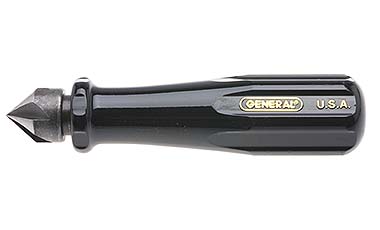Heffalump
Well-Known Member
- Joined
- Jan 18, 2014
- Messages
- 75
- Reaction score
- 15
Hi chaps, I think I have posted this in the right place, if I have not could someone move it?
On the plan I am about to build I need to drill a 3mm diameter hole and countersink it. There's no specification as to the size of the countersink. I'm assuming that most metric sizes use a countersink angle of 90 degrees? Are countersink bits sized according to the hole they are countersinking? Do I just pick a 3mm countersink bit and cut it in until I reach the edge of the angle? (I've never sunk before, can you tell?)
I have tried googling, but I'm sure this is such a schoolboy question that there's not much info around about it!
On the plan I am about to build I need to drill a 3mm diameter hole and countersink it. There's no specification as to the size of the countersink. I'm assuming that most metric sizes use a countersink angle of 90 degrees? Are countersink bits sized according to the hole they are countersinking? Do I just pick a 3mm countersink bit and cut it in until I reach the edge of the angle? (I've never sunk before, can you tell?)
I have tried googling, but I'm sure this is such a schoolboy question that there's not much info around about it!





